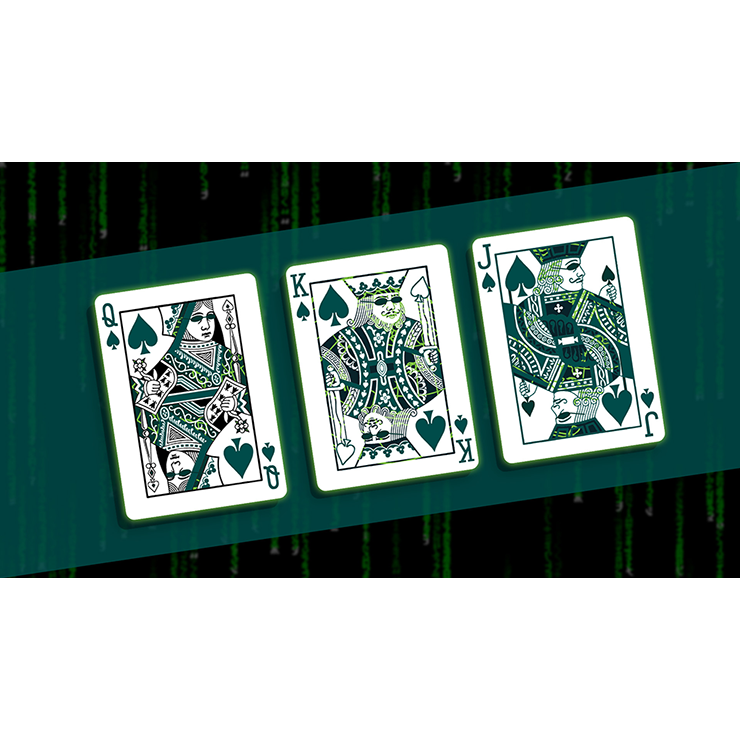
The deck of cards (represented as a vector of integers with the values 1 to N) is passed in, as is the probability of choosing a cut point.
#RIFFLE CARDS HOW TO#
The following program shows how to simulate an overhand shuffle. I previously showed how to simulate a riffle shuffle in the SAS/IML language. However, among amateurs, the probability is much lower and an overhand shuffle reorders only a few large packets, which can lead to poor mixing of the cards. An ideal overhand shuffle uses p = 1/2, which results in packets that are typically sized, 1, 2, and 3 (the packet size is geometrically distributed). In a statistical model of the overhand shuffle, the cut points are assumed to be randomly chosen with probability p from among the N-1 possible locations between adjacent cards. The overhand shuffle reverses the order of the packets, so the deck is reordered as The packets contain 1, 3, 1, 3, and 2 cards. In this example, the cut points are the locations after cards 1, 4, 5, and 8. When the packet sizes are small, the cards are mixed better than when the packets are bigger.įor example, a deck that contains 10 cards (enumerated 1-10) might be split into five packets such as (1)(234)(5)(678)(9 10), where the parentheses show the cards in each of the packets. The overhand shuffle reverses the order of the packets while preserving the order of the cards within each packet. The size of a packet can vary, as can the number of packets. Mathematically, you can model an overhand shuffle by randomly choosing k cut points that separate the deck into k+1 "packets" of contiguous cards.

Consequently, cards that started near the top of the deck end up near the bottom, and vice versa. The process is repeated until all cards in his right hand are transferred. The dealer slides a few cards from the top of the deck in his right hand into his left hand. This article shows how to simulate an overhand shuffle in SAS and visually compares the mixing properties of the riffle and overhand shuffles.Īn overhand shuffle transfers a few cards at a time from the dealer's right hand to his left. 49) indicate that in many situations 1,000 or more overhand shuffles are required to randomize a deck. A result by Pemantle (1989) indicates that at least 50 overhand shuffles are required to adequately mix the deck, but computer experiments (Pemantle, 1989, p. The overhand shuffle is much less efficient at mixing the cards than a riffle shuffle. The second most popular shuffling technique is the overhand shuffle. This result annoyed many recreational card players because shuffling seven times "slows down the game". Besides being popular with card players, the riffle shuffle is well-known among statisticians because Bayer and Diaconis (1992) showed that it takes seven riffle shuffles to randomize a 52-card deck.

The most popular way to mix a deck of cards is the riffle shuffle, which separates the deck into two pieces and interleaves the cards from each piece.


 0 kommentar(er)
0 kommentar(er)
